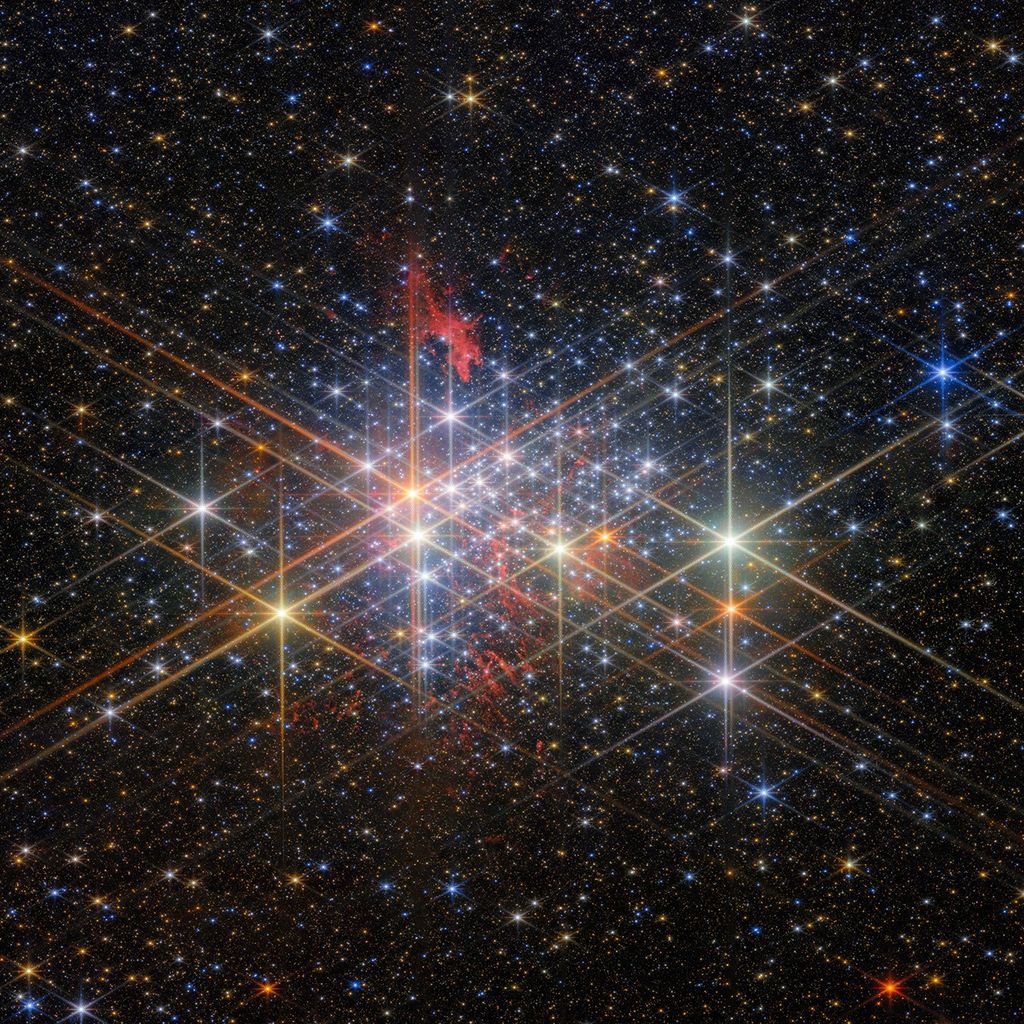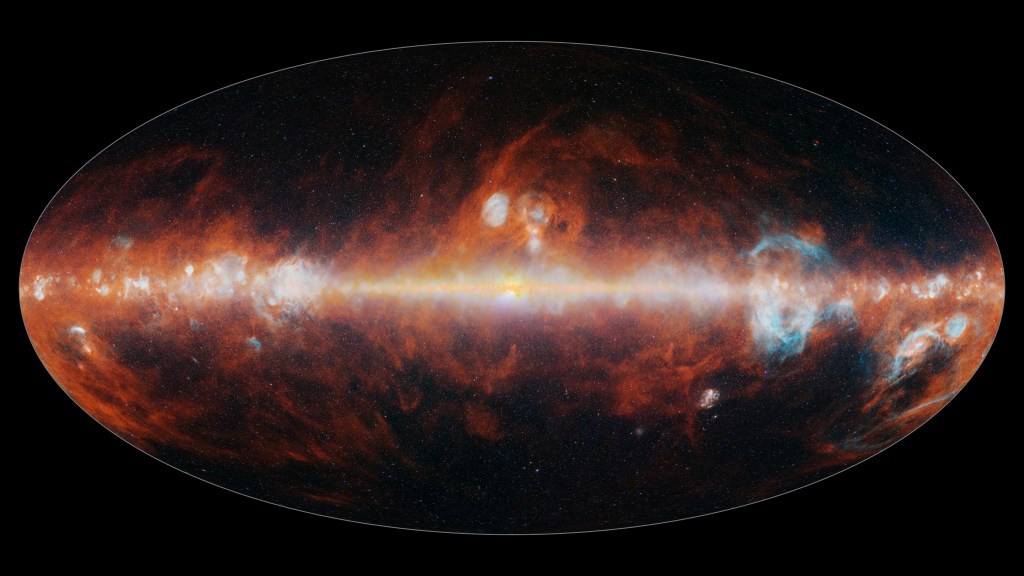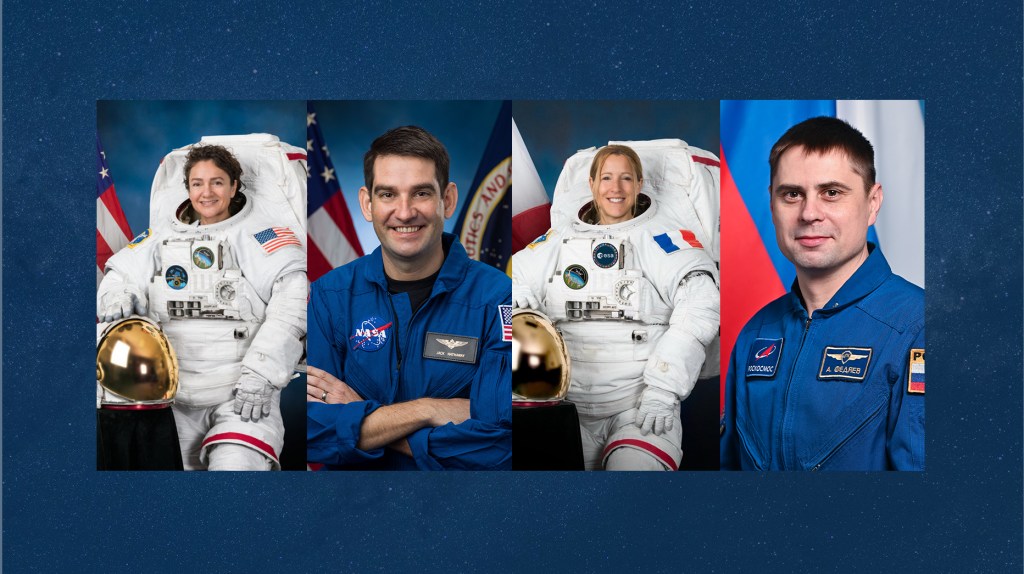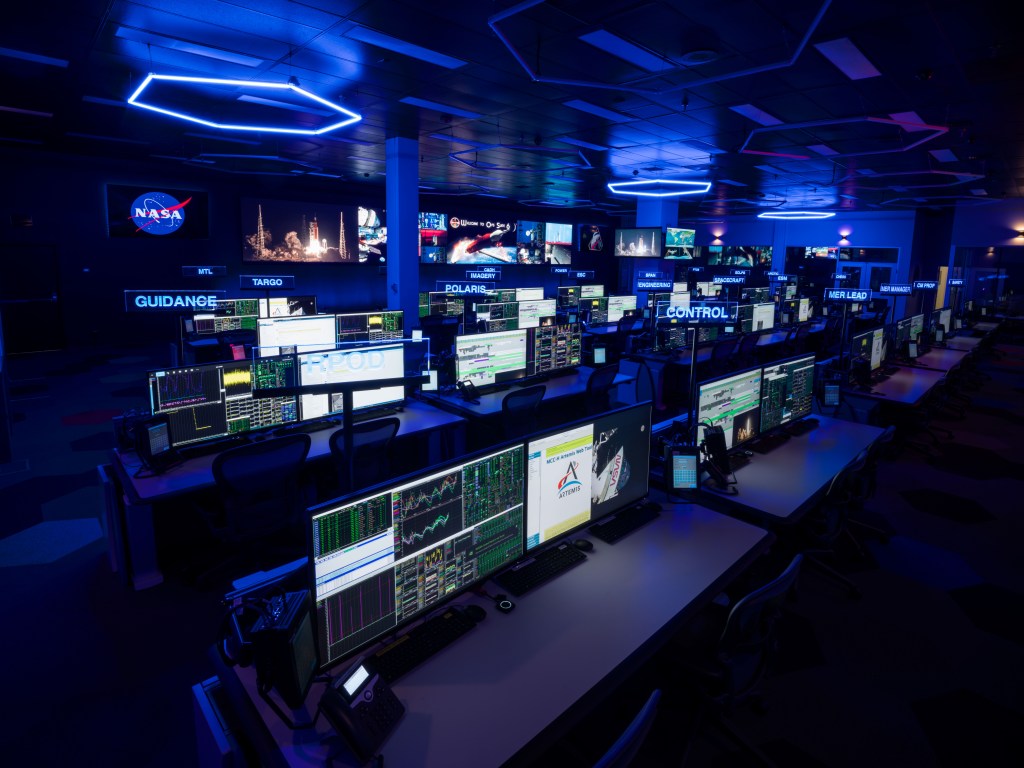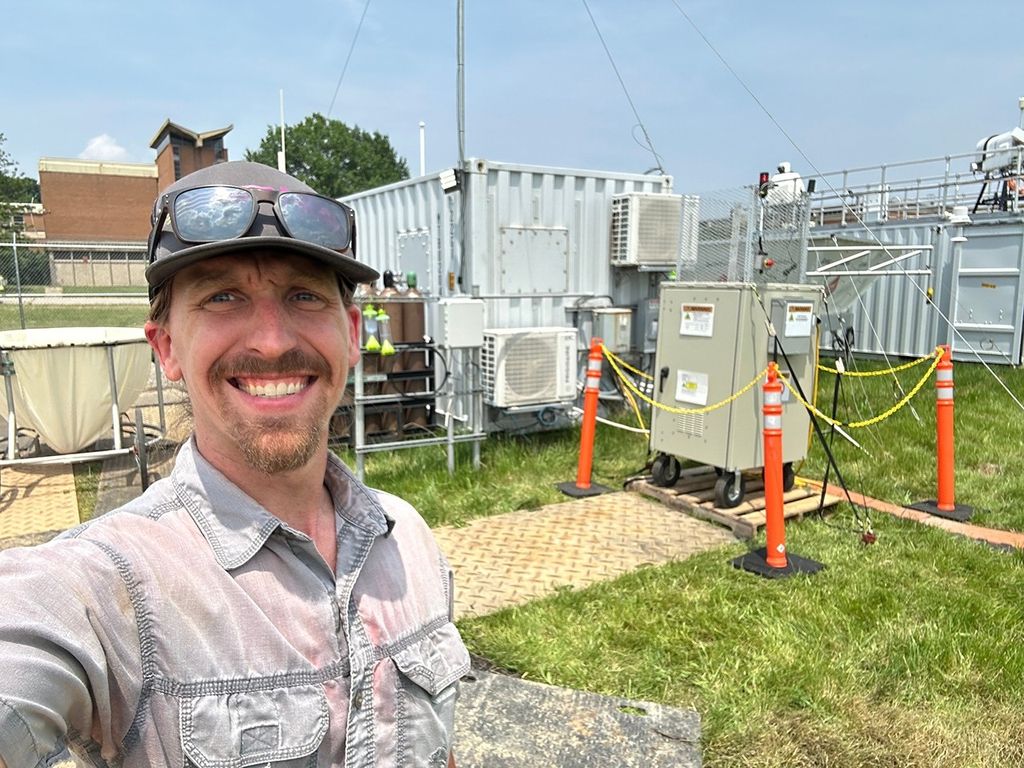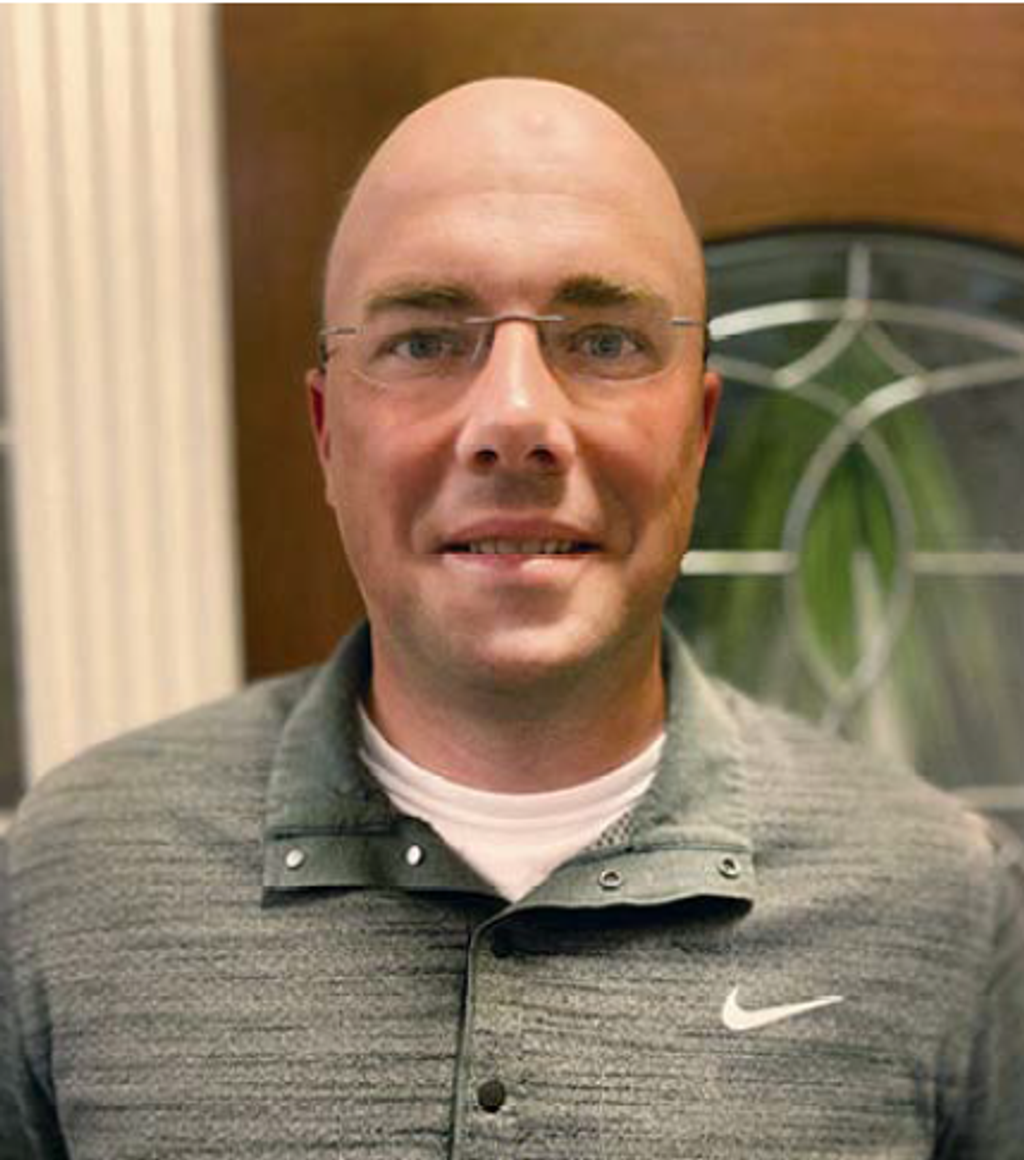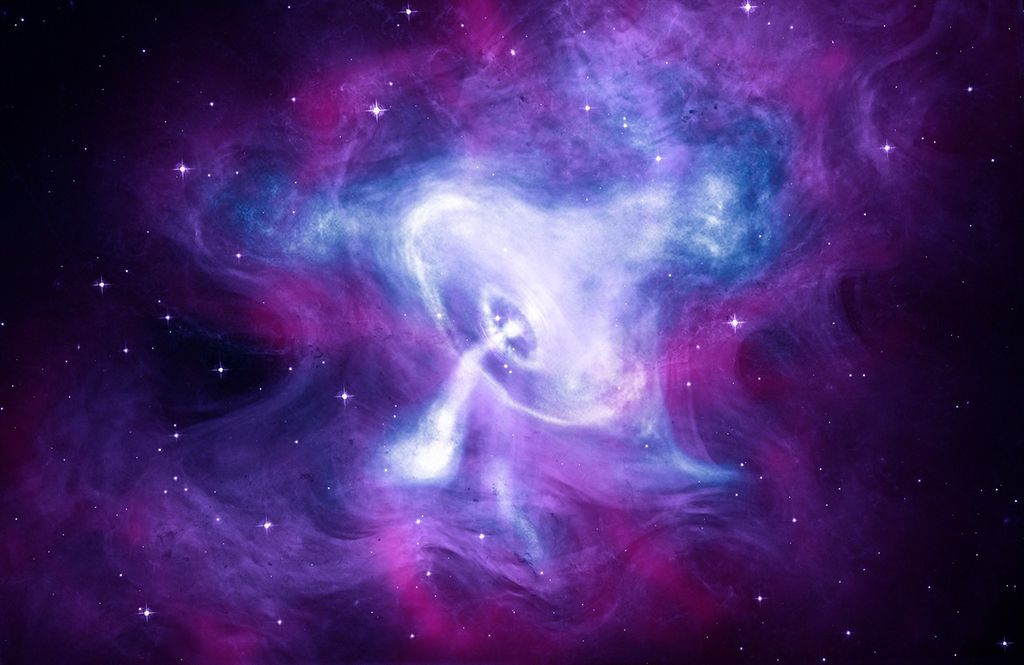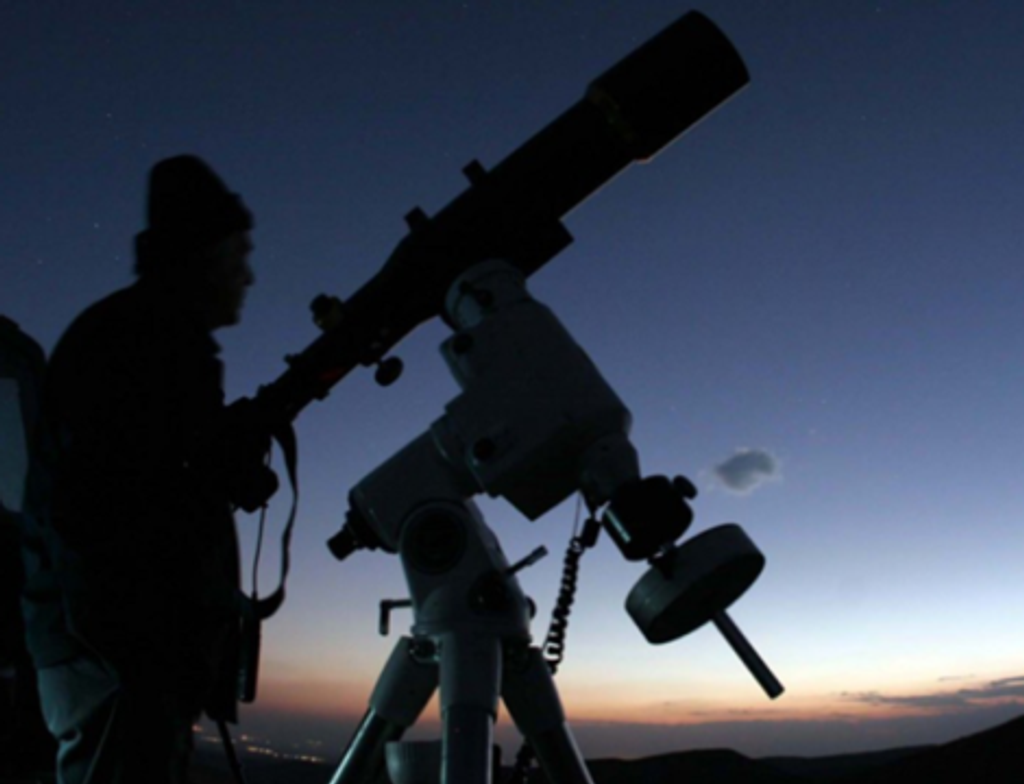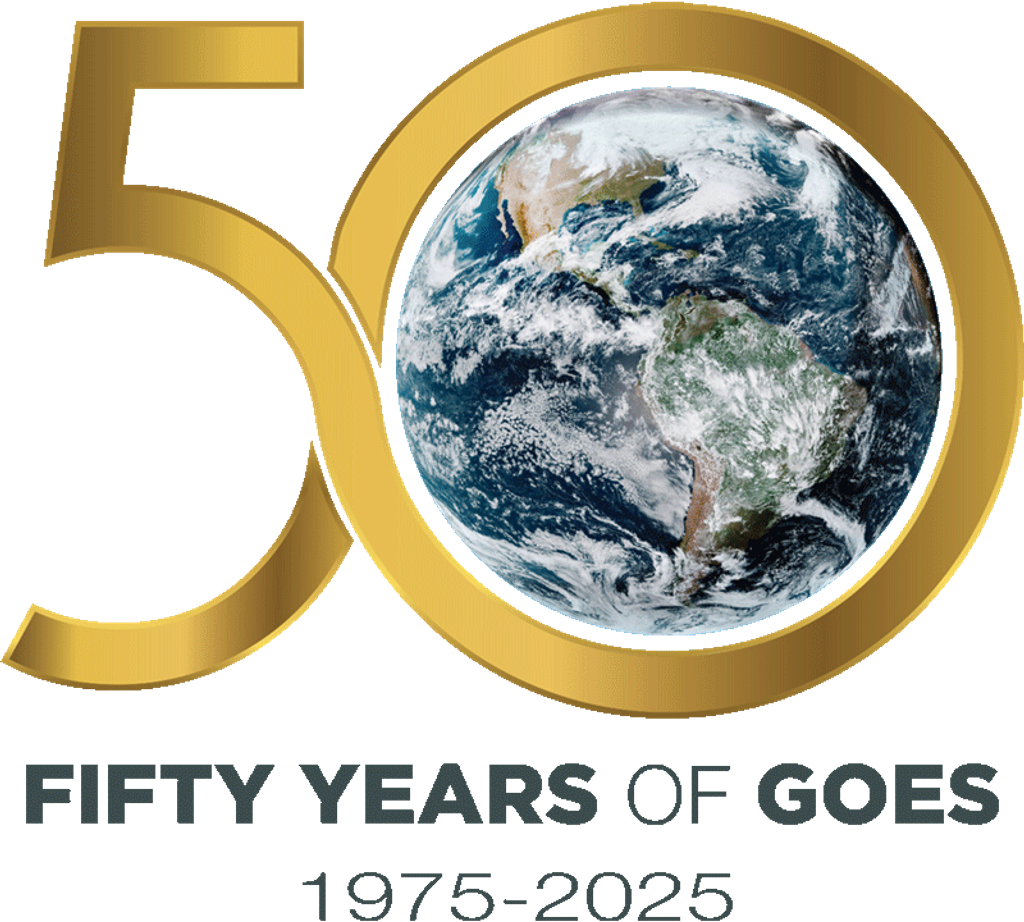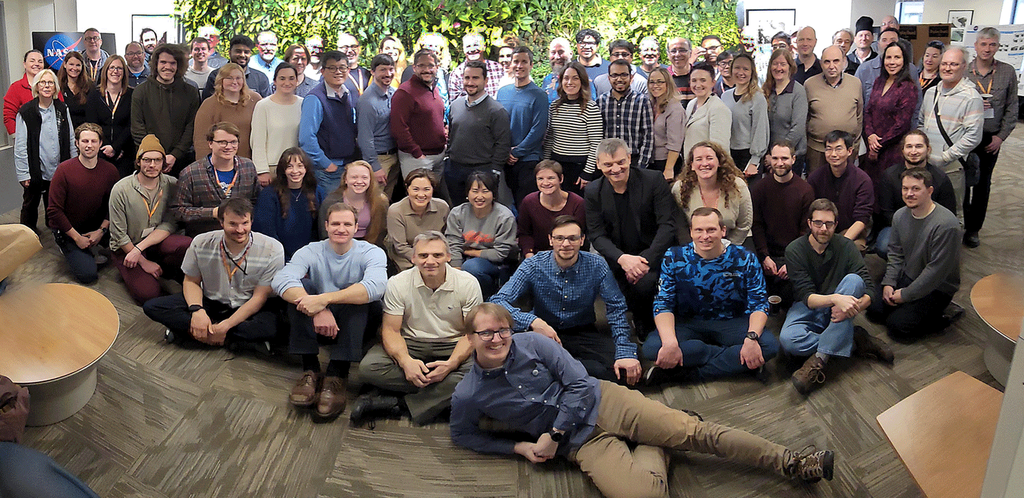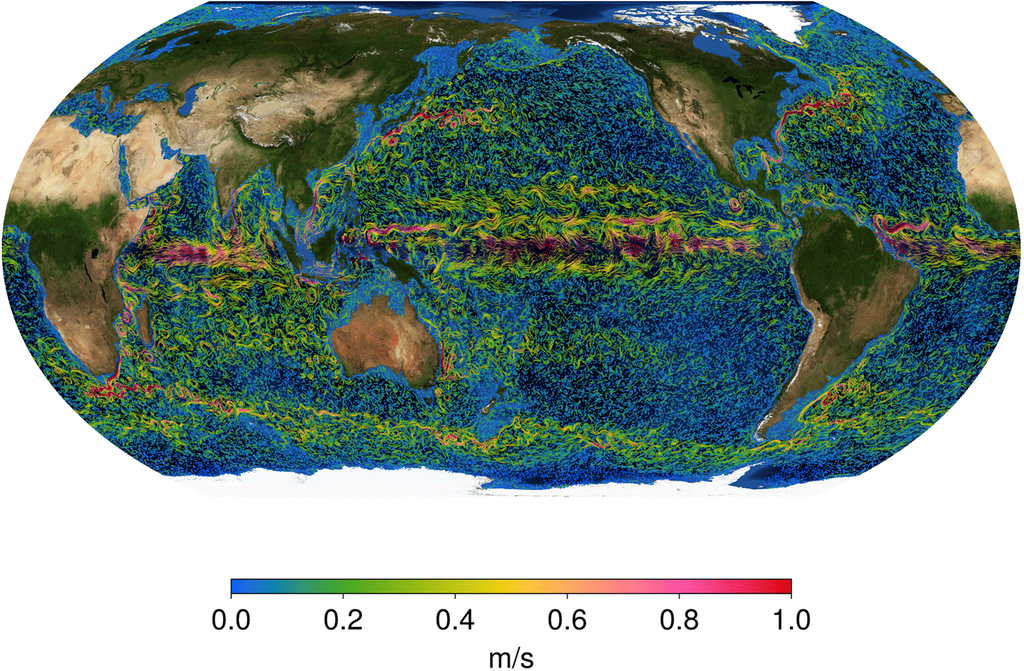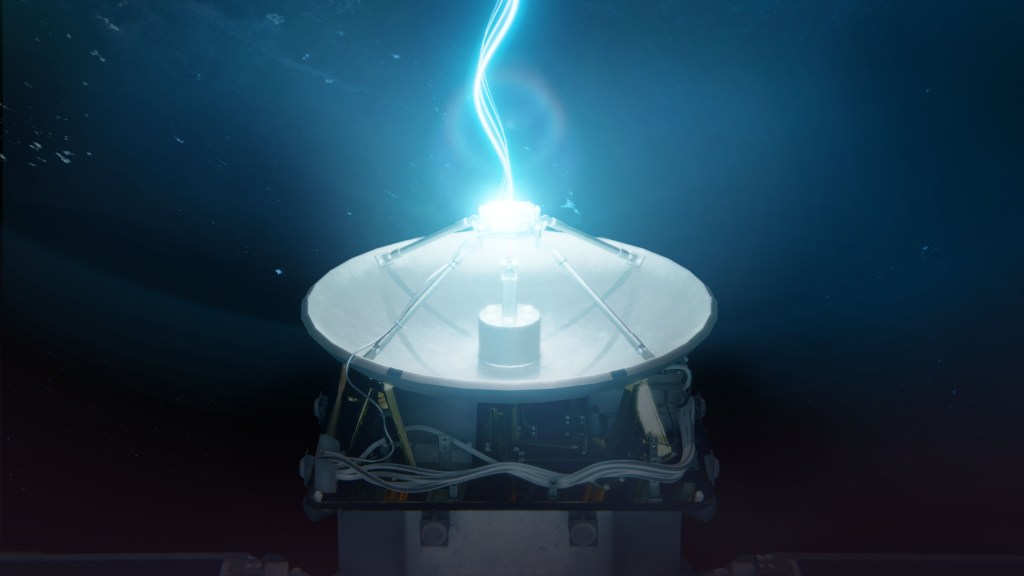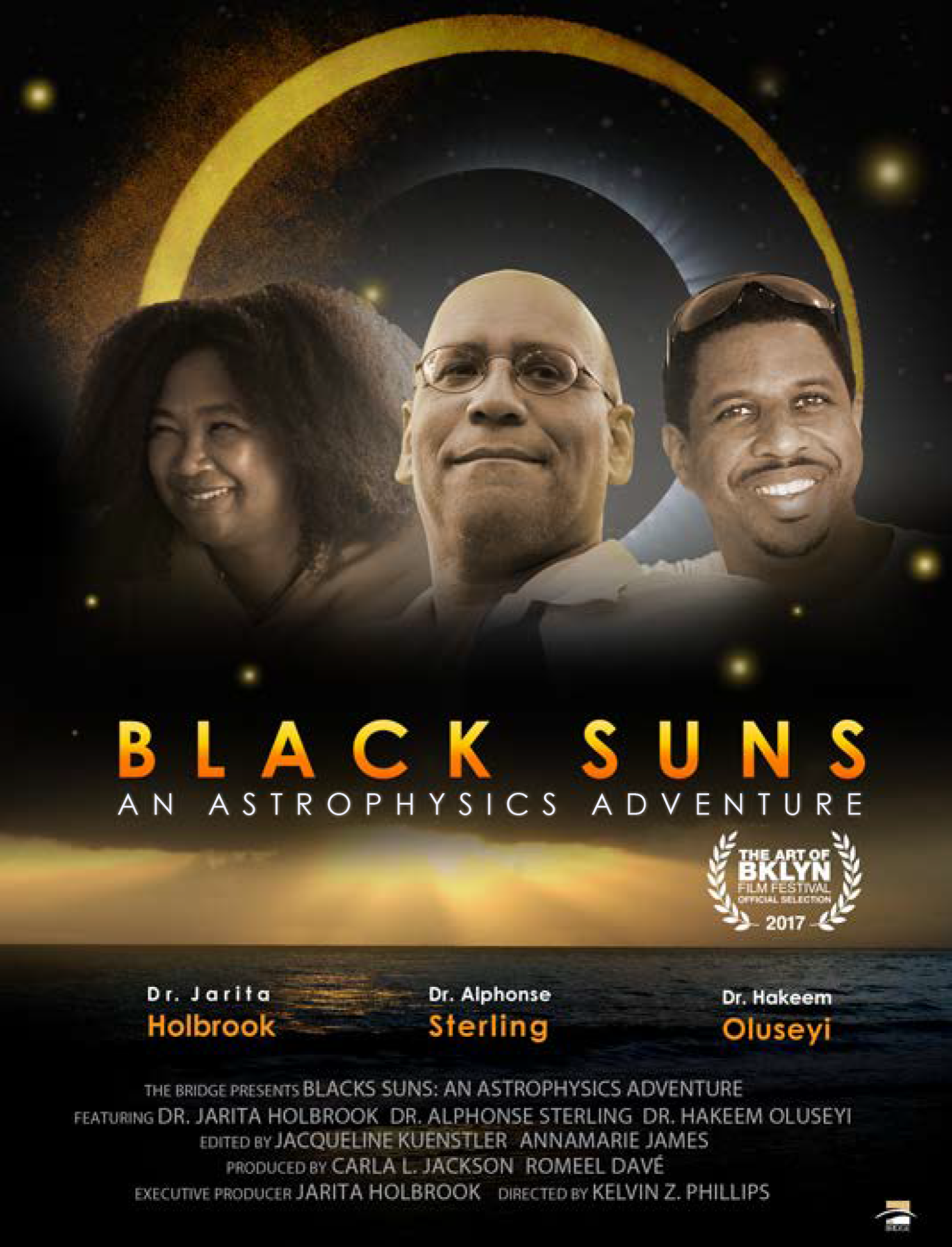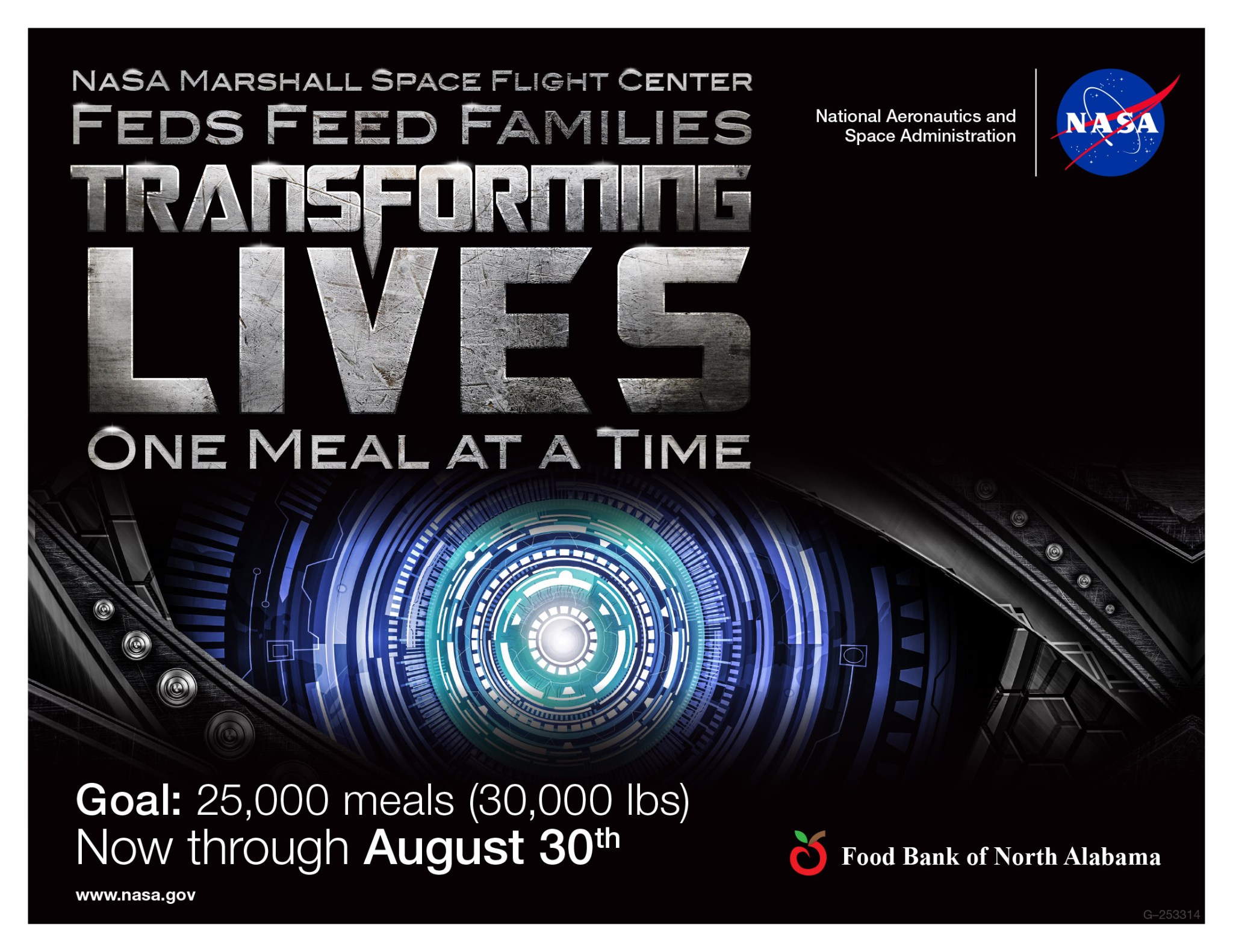In This Week’s Star
- SLS Meets Milestones Building, Processing Multiple Tanks
- Interim Cryogenic Propulsion Stage Moves to Space Station Processing Facility
- Marshall’s Alphonse Sterling, Subject of ‘Black Suns’ Eclipse Documentary, Prepares for Total Solar Eclipse
- New Crew Launches to the Space Station
- Space Station Crew Member Thomas Pesquet Visits Marshall Teammates for Post-Mission Debrief
- Transforming Lives Through Feds Feed Families Campaign
- Marshall Deputy Director Jody Singer Highlights SLS Progress at National Space Club
- This Week in NASA History: TSS-1 Deploys — July 31, 1992
- RS-25 Engine Test Highlighted on ‘This Week @NASA’
- Obituaries
SLS Meets Milestones Building, Processing Multiple Tanks
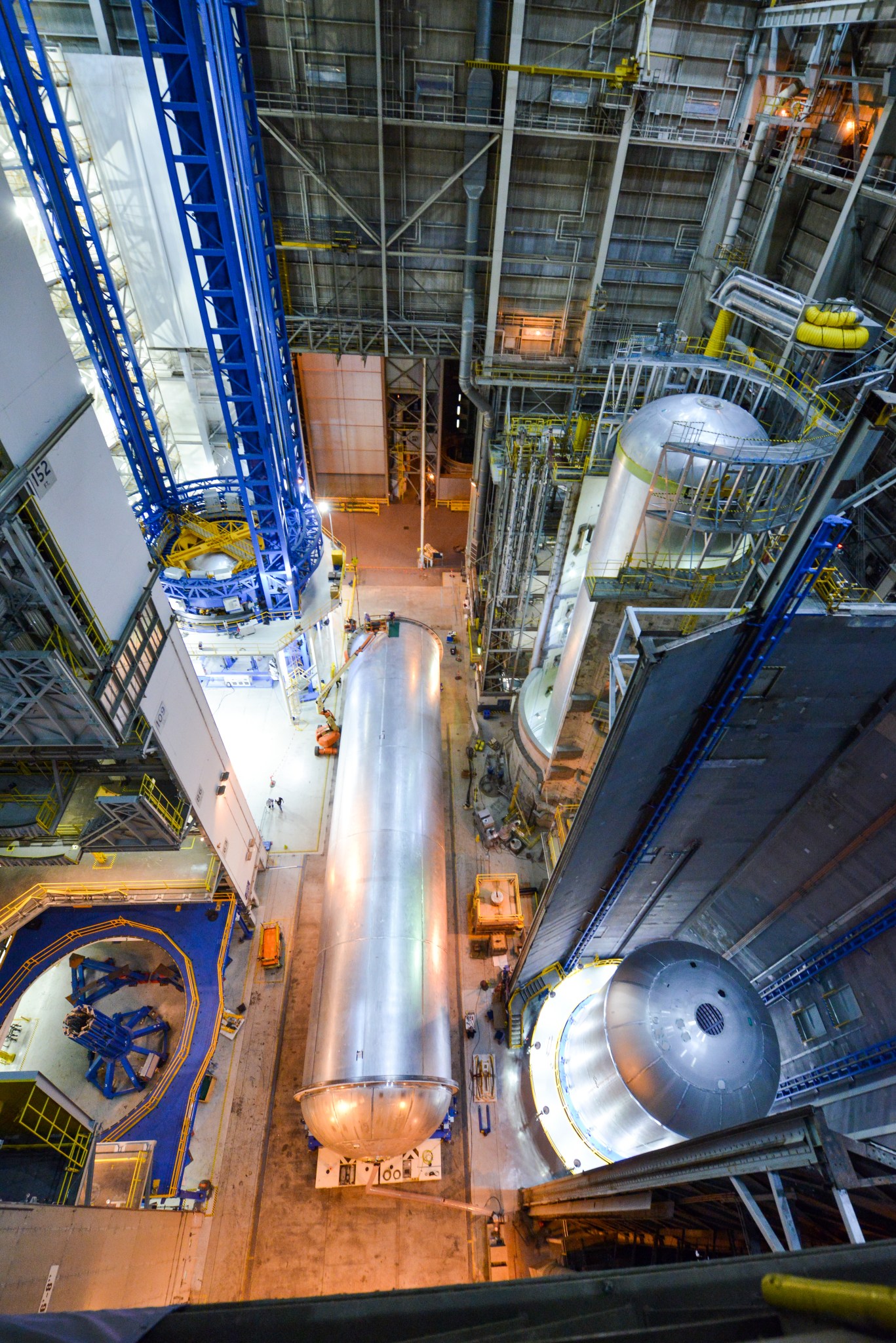
NASA has met a milestone in the development of the agency’s new heavy-lift rocket, the Space Launch System, by completing the welding on a liquid oxygen tank test article and beginning the welding on a liquid oxygen tank that will be part of the rocket’s first flight. A liquid oxygen tank along with a liquid hydrogen tank are the parts of the SLS core stage that will hold more than 700,000 gallons of propellant to power the rocket’s four RS-25 engines. Inside the Vertical Assembly Building at NASA’s Michoud Assembly Facility, four fuel tanks, shown here, are being built and processed simultaneously. Engineers are building core stage tanks that will fly on the first SLS flight, as well as tanks that will not fly but will provide valuable test data. In the world’s largest robotic rocket welder, the Vertical Assembly Center, the prime contractor for the SLS core stage, Boeing, is welding a flight tank for the first SLS flight with NASA’ s Orion spacecraft. Engineers just built an almost identical tank, the liquid oxygen tank qualification test article, at right front. On the same side of the building, technicians, at right rear, are washing the interior of the liquid hydrogen structural qualification test article. When completed, these core stage test articles will travel by barge to NASA’s Marshall Space Flight Center for structural testing that will demonstrate whether the tanks’ structures can withstand the harsh environments of flight and perform as designed. Engineers are also practicing operations with a liquid hydrogen tank built for flight. The left front of the building, currently empty, serves as a vertical stacking area where tanks and other core stage hardware can be stacked, assembled and inspected. (NASA/Michoud/Jude Guidry)
Interim Cryogenic Propulsion Stage Moves to Space Station Processing Facility
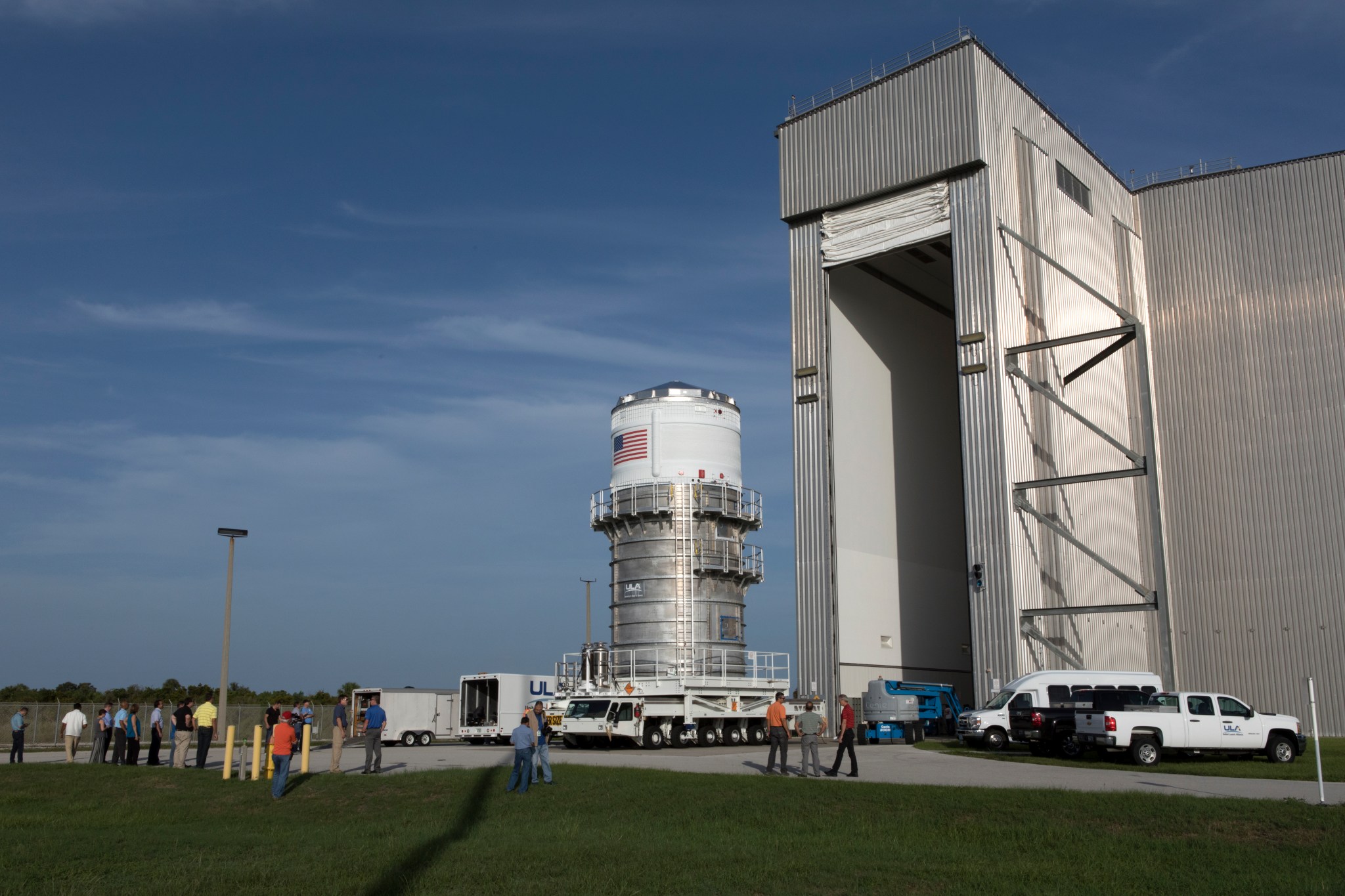
The Interim Cryogenic Propulsion Stage is the first segment for NASA’s Space Launch System rocket to arrive at Kennedy Space Center. It was transported from the United Launch Alliance facility at Cape Canaveral Air Force Station — where it had been undergoing final testing and checkout since arriving in February — to the Space Station Processing Facility at Kennedy. Stacking of the rocket will occur in the Vehicle Assembly Building. The ICPS will be located at the very top of the SLS, just below NASA’s Orion spacecraft. During Exploration Mission-1, NASA’s first test mission of the SLS rocket and Orion, the ICPS, filled with liquid oxygen and liquid hydrogen, will give Orion the big in-space push needed to fly beyond the moon before returning to Earth. The ICPS was designed and built by United Launch Alliance in Decatur and Boeing in Huntsville. The propulsion stage will be cleaned and maintained and remain in the high bay at the Space Station Processing Facility until it is moved to the VAB when it is time for stacking operations. (NASA/Kennedy/Kim Shiflett)
Marshall’s Alphonse Sterling, Subject of ‘Black Suns’ Eclipse Documentary, Prepares for Total Solar Eclipse
By Rick Smith
Among the scores of scientists avidly awaiting the Aug. 21 “Eclipse Across America” — the first total solar eclipse to span the continental United States since 1918 — is Alphonse Sterling of NASA’s Marshall Space Flight Center.
While Sterling is as excited about the upcoming event as any career astrophysicist devoted to the study of our turbulent star and its impact on our homeworld, he’s also one of just two eclipse experts to star in a current, feature-length documentary on the subject.
Sterling and Hakeem Oluseyi, a research professor at the Florida Institute of Technology in Melbourne, are the subjects of “Black Suns: An Astrophysics Adventure.” The documentary chronicles their travels in May and November 2012 to observe a pair of solar eclipses from vantage points in Tokyo, Japan; and Cairns, Australia, respectively.
Designed to inspire young people to pursue STEM education — the fields of science, technology, engineering and math — “Black Suns” explores why Sterling and Oluseyi became scientists and recounts their struggles as minorities in a STEM field. It’s directed by New York filmmaker Kelvin Phillips and narrated by cultural astronomer Jarita Holbrook, a policy fellow in the National Science Foundation’s Office of International Science and Engineering.
“Black Suns,” which debuted June 9 at the annual Art of Brooklyn Film Festival in New York, was awarded the Jury Prize, the festival’s top honor. It will screen during the Capital City Black Film Festival Aug. 17-20 in Austin, Texas, and the BronzeLens Film Festival Aug. 23-27 in Atlanta.
For Sterling, who found his passion for astrophysics and solar studies in the late 1970s while studying physics at the California Institute of Technology in Pasadena, “Black Suns” was a logical extension of that passion.
A student of the Japanese language since high school, he first visited that country in 1979, between semesters at Caltech. He returned from 1989 to 1991 for a postdoctoral research fellowship at Kyoto University in Kyoto, and for much of the 1990s he supported satellite and science operations for the Yohkoh mission, an orbiting solar X-ray and gamma-ray observatory. He returned to Japan again following the 2006 launch of the international solar probe Hinode, and worked at the Japan Aerospace Exploration Agency, conducting solar physics research and liaising between Japanese and American personnel.
It was during this period that Sterling and Oluseyi — who had become friends when the latter visited the University of Alabama in Huntsville — met Holbrook during an eclipse-watching trip to Ghana. Sterling and Holbrook realized they were both Caltech alumni. “There was an immediate connection,” he said. “Jarita had this crazy notion about making a documentary — and it snowballed!”
Holbrook’s pride in the film is self-evident. “This is the first documentary to focus on African-American astrophysicists doing solar eclipse physics and the first time so many African-American scientists and students appear in one film,” she said. “During the 1980s, at most, there were 10 African-American students at Caltech at the same time, out of about a thousand undergraduates. We are the rarest of the rare.”
As “Black Suns” continues to garner acclaim, Sterling is already thinking ahead to the Aug. 21 eclipse. He plans to be in Idaho Falls, Idaho, studying phenomena called solar plumes — long, feathery jets of superheated plasma that erupt from the sun’s polar regions, sometimes extending 10-12 million miles into space.
“For some time now, astronomers at Marshall have been studying coronal jets, small-scale transient bursts of super-hot plasma occurring in the solar atmosphere,” he said. “I want to determine whether solar plumes are initiated and fed by these coronal jets.”
That work could have practical value worldwide. Findings by the Marshall team, led by Sterling and published in 2015, suggest coronal jets work analogously to larger-scale solar eruptions — the source of coronal mass ejections and solar flares — that are capable of disrupting Earth-based communications and threatening humans and hardware in space.
The rapid pace of solar discovery, and exciting national events such as the upcoming eclipse, keep the subject matter fresh and fascinating for Sterling. “There may not be much new under the sun, but there’s no end to what we can learn about the sun itself,” he said, studying eclipse data. “Even in those moments when it’s hidden from us.”
Smith, an ASRC Federal/Analytical Services employee, supports the Office of Strategic Analysis & Communications.
New Crew Launches to the Space Station
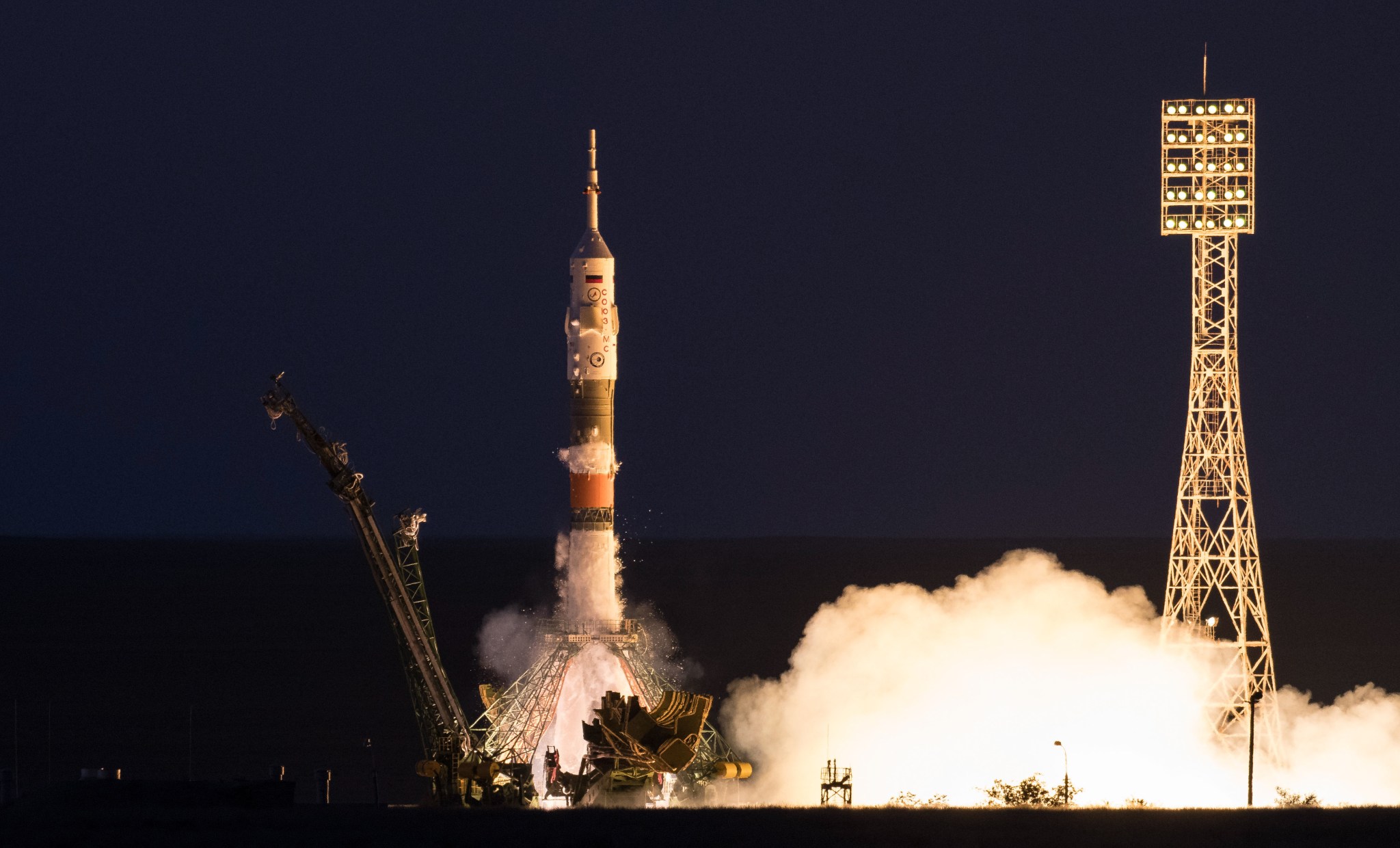
The Soyuz rocket carrying three new crew members for the International Space Station launches from the Baikonur Cosmodrome in Kazakhstan on July 28 at 10:40 a.m., docking with the Rassvet module on the station and joining the rest of the station crew 8 hours later. NASA astronaut Randy Bresnik, European Space Agency astronaut Paolo Nespoli and Russian cosmonaut Sergey Ryazanskiy will spend more than four months conducting approximately 250 science investigations, including studies into Parkinson’s disease and stem cells. As part of Expedition 52, the new crew will also assemble, deploy and study a microsatellite using the technology to track severe weather and natural disasters. The Payload Operations Integration Center at NASA’s Marshall Space Flight Center will serve as “science mission control” for these investigations. (NASA)
Space Station Crew Member Thomas Pesquet Visits Marshall Teammates for Post-Mission Debrief
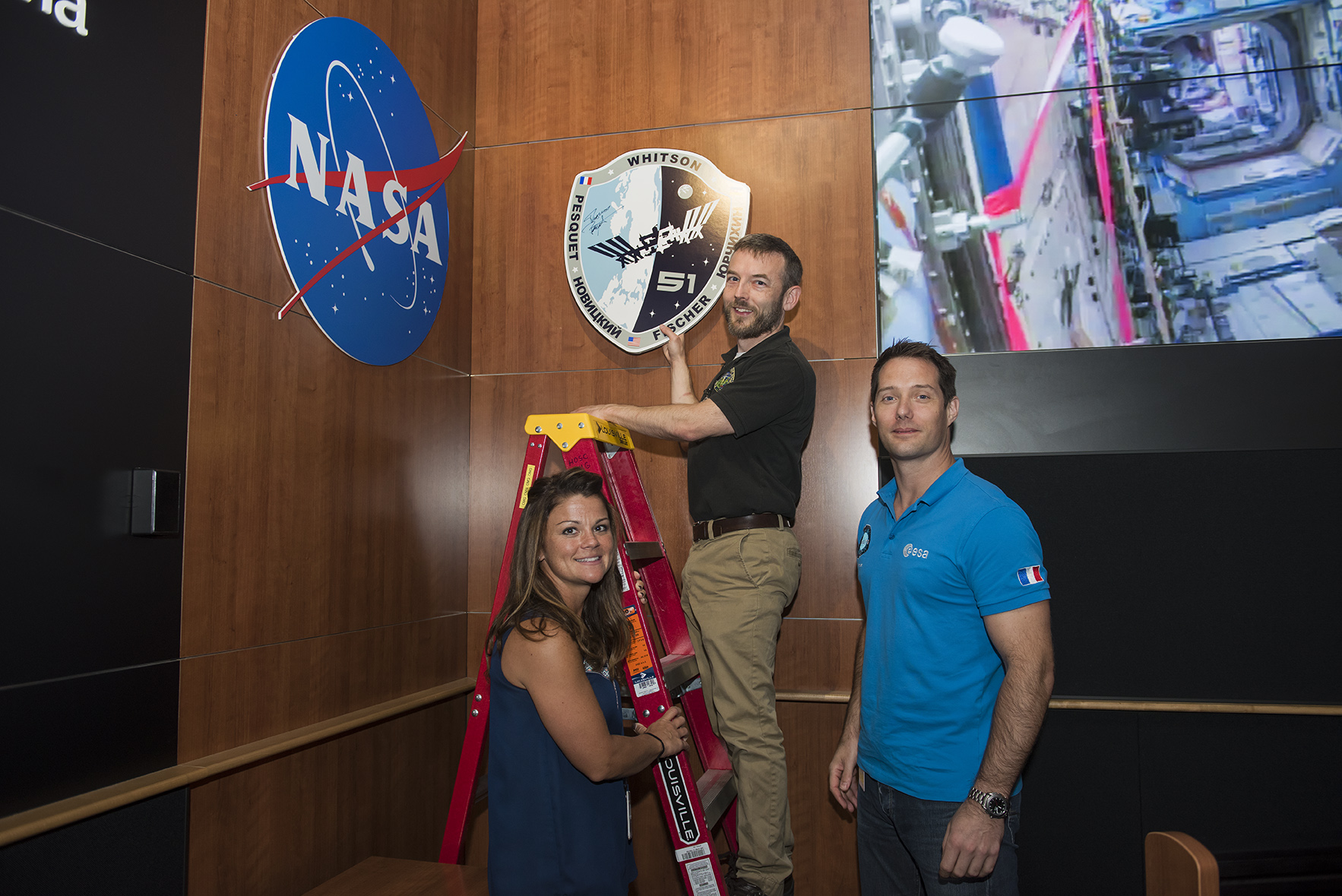
European Space Agency astronaut Thomas Pesquet, right, helps hang a new mission plaque in the Payload Operations Integration Center control room at NASA’s Marshall Space Flight Center. Keri Baugher, left, stowage engineer, and Joel Hardy, center, payload rack officer, represented their fellow flight controllers during the ceremony. Pesquet was an International Space Station crew member from September 2016 to June 2017. He visited Marshall July 24 to review his mission with the POIC team that guides and supports science on the orbiting laboratory. (MSFC/Charles Beason)
Transforming Lives Through Feds Feed Families Campaign
Beginning now through Aug. 30, NASA’s Marshall Space Flight Center will transform lives one meal at a time during this year’s Feds Feed Families campaign.
Marshall organizations have been divided into nine Tranformers-themed teams named for characters featured in the recently released movie Transformers: The Last Knight. The teams will compete to reach the 30,000-pound (25,000 meals), center-wide goal to benefit the Food Bank of North Alabama, which serves 11 counties.
“The North Alabama Food Bank receives all of the donations from Marshall and distributes the food to area soup kitchens, backpack programs and other local food distribution agencies,” said Jeri Eckley, organizational development specialist in Marshall’s Office of Human Capital, and the 2017 Feds Feed Families campaign co-chair. “This campaign is an easy way to give back to the North Alabama community. Even just a small donation of 5 pounds is enough to provide five meals for one person.”
It is estimated that it takes 100 pounds each week to feed a family of four. If Marshall team members meet their goal, it will be enough to feed 300 families in need.
Donation bins are located around the center, and team members are encouraged to mark their donations with labels for their respective teams. Suggested items for donation include canned meats, canned vegetables, peanut butter, canned soups, canned fruits, chili, stews, sauces, pasta, rice, stuffing mix, breakfast cereal and paper products.
Feds Feed Families is a federal campaign which collected more than 12.5 million pounds of non-perishable food items last year. Through the generosity of federal employees, the food drive has collected nearly 70 million pounds of food for those in need.
For more information, visit the Feds Feed Families ExplorNet page.
Marshall Deputy Director Jody Singer Highlights SLS Progress at National Space Club

Jody Singer, deputy director of NASA’s Marshall Space Flight Center, spoke at the National Space Club Huntsville breakfast July 25 at the Jackson Center. Singer spoke about the science investigations underway at Marshall’s Payload Operations Integration Center for the International Space Station; NASA’s goal to inspire STEM for the next generation; and the Imaging X-ray Polarimetry Explorer mission, managed by Marshall. She also provided an update on the component testing of NASA’s Space Launch System being conducted at Marshall. “With each milestone that we accomplish, I hope you can feel the burst of energy and the passion that we have for each step,” said Singer. “Bit by bit, we’re building momentum leading to one goal: deep space exploration.” (NASA/MSFC/Charles Beason)
This Week in NASA History: TSS-1 Deploys — July 31, 1992
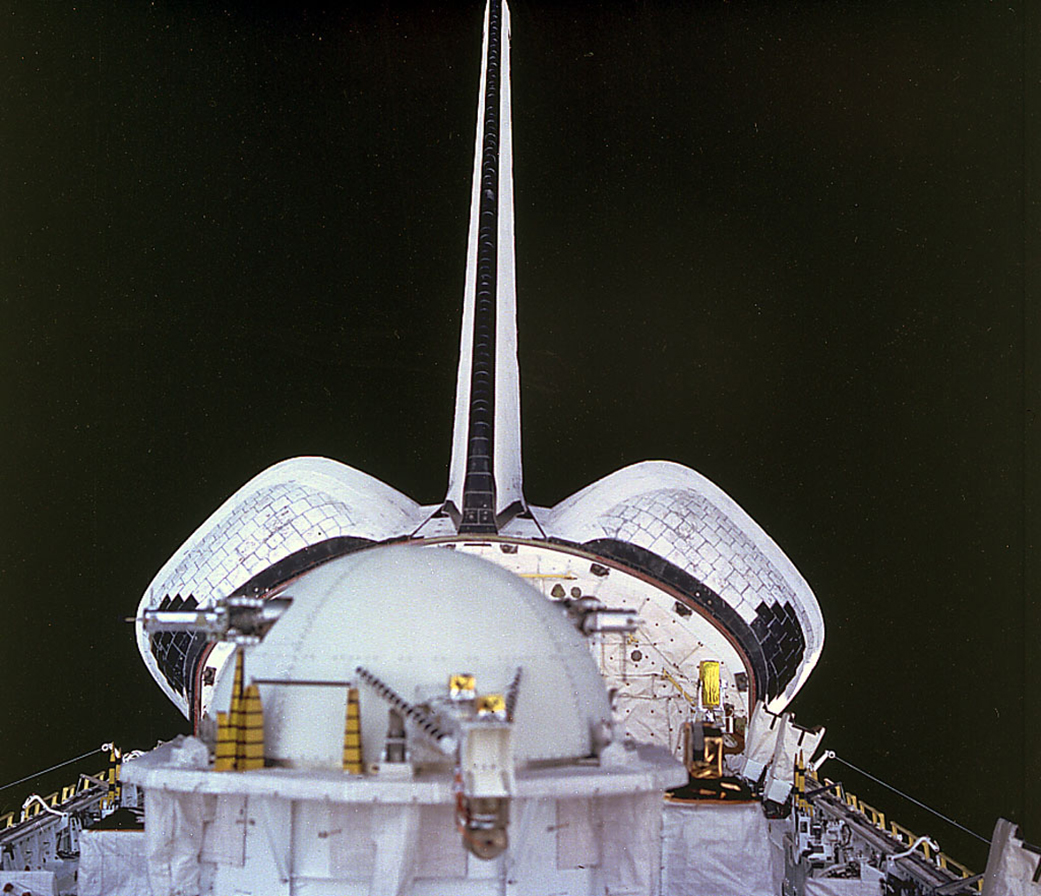
This week in 1992, space shuttle Atlantis and STS-46 launched from NASA’s Kennedy Space Center. One of the primary mission objectives was to deploy the Tethered Satellite System, a cooperative effort between NASA and the Italian Space Agency. Managed at NASA’s Marshall Space Flight Center, the Tethered Satellite System was used to study tidal stabilization, tether propulsion and orbital plasma dynamics. Here, the TSS can be seen on its deployer boom in the orbiter’s cargo bay. Today, the Payload Operations Integration Center at Marshall serves as “science central” for the International Space Station, working 24/7, 365 days a year in support of the orbiting laboratory’s scientific experiments. The NASA History Program is responsible for generating, disseminating, and preserving NASA’s remarkable history and providing a comprehensive understanding of the institutional, cultural, social, political, economic, technological, and scientific aspects of NASA’s activities in aeronautics and space. For more pictures like this one and to connect to NASA’s history, visit the Marshall History Program’s webpage. (NASA)
RS-25 Engine Test Highlighted on ‘This Week @NASA’
The latest test of the RS-25 engine for NASA’s Space Launch System is featured in the latest edition of “This Week @NASA,” a weekly video program broadcast nationwide on NASA-TV and posted online.
On July 25, engineers at NASA’s Stennis Space Center conducted a successful test of the third RS-25 engine flight controller. The flight controller helps the engine communicate with SLS — the world’s most powerful rocket. Four RS-25 engines will help power the SLS on its inaugural flight with the Orion spacecraft, known as Exploration Mission-1.
NASA’s Marshall Space Flight Center manages the SLS Program.
View this and previous episodes at “This Week @NASA” on NASA’s YouTube page.
Obituaries
Edgar H. Hopper, 93, of Madison, Alabama, died July 23. He retired from the Marshall Center in 1980 as a mathematician.


